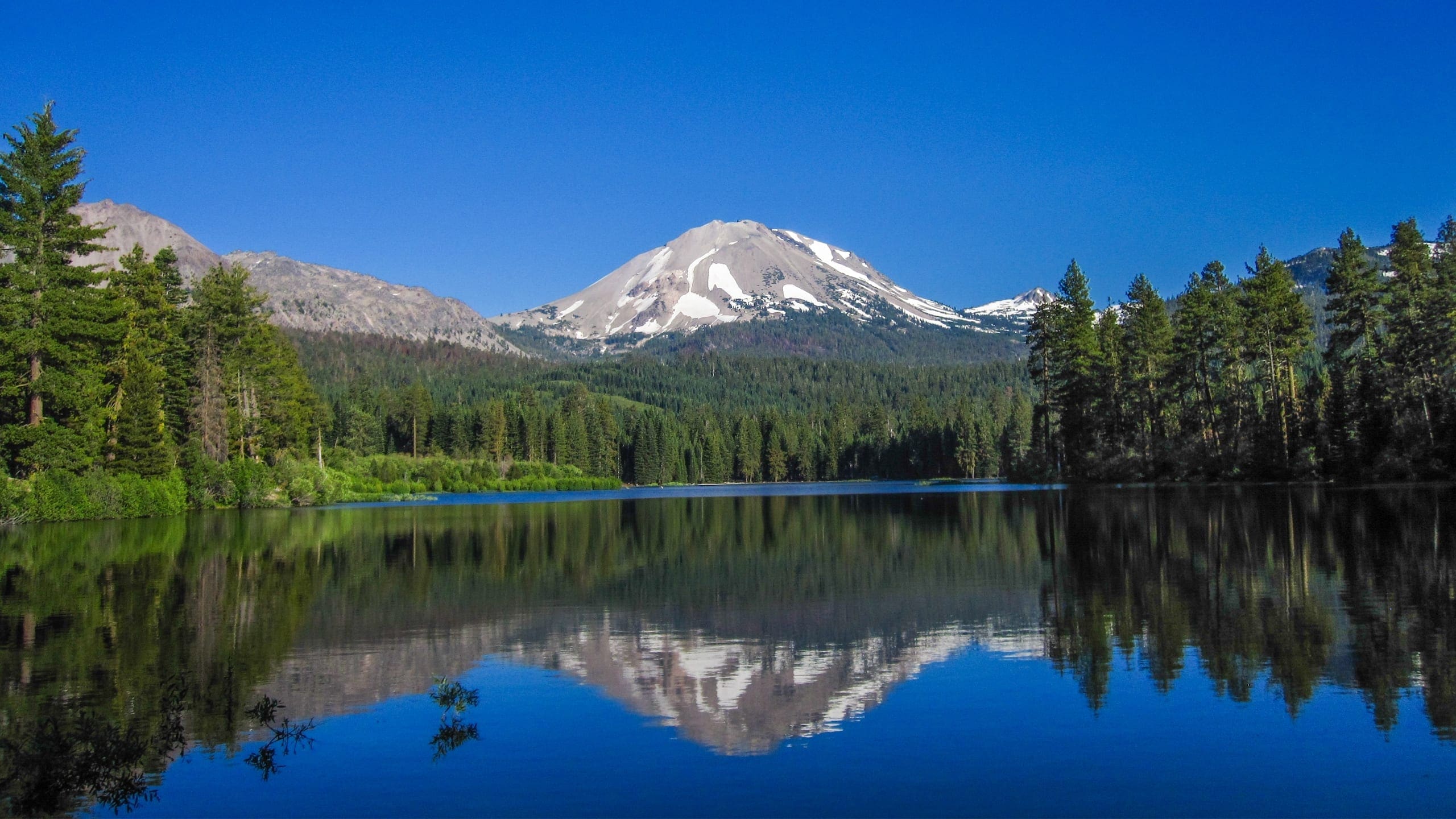About Lassen Volcanic National Park
Lassen Volcanic National Park encompasses over 106,000 acres of a dynamic and diverse, volcanic landscape. Located at the southern extent of the Cascade Range in northern California, the park was established as a unit of the national park system in 1916 shortly after a series of highly publicized, dramatic volcanic eruptions of Lassen Peak in 1914 and 1915. The park’s name is indicative of the dynamic geology and landscape of the area, as nearly every rock at Lassen Volcanic National Park originates from volcanism. Lassen’s volcanic domes are part of the Lassen Volcanic Center, located at the southern end of the Cascade Range, which began to erupt about 825,000 years ago and is still active today.
More than 85% of park acreage is either designated or proposed wilderness lands. Nearly 79,000 acres of the park were designated as Lassen Volcanic Wilderness in 1972, and another 13,151 acres have since been proposed to Congress as additional wilderness. Both the designated and proposed wilderness lands are managed as designated wilderness.
Lassen Volcanic National Park also protects a rich diversity of plant and animal life. This unique biological diversity of the park results from a variety of factors, but most notably, its location at the transition zone of three large regional biological provinces: the Cascade Range, the Sierra Nevada Range, and the Great Basin desert.
This biodiversity is demonstrated by approximately 300 species of vertebrates, 765 species of plants, and a wide variety of invertebrates.
Lassen Volcanic National Park also protects a robust human history related to how people inhabited, explored, and traveled through this unique landscape. These cultural resources include important stories, artifacts, and sites. Additionally, the park has several significant examples of human pathways and cultural landscapes, including Drakesbad cultural landscape, Civilian Conservation Corps (CCC) / Park Development, the Nobles Emigrant Trail, the Pacific Crest Trail, and the Volcanic Legacy Scenic Byway – All American Road.
Lassen Volcanic National Park also provides a wide array of opportunities for park visitors to experience, enjoy, and learn about these resources, as well as pursue many forms of outdoor recreation across all seasons. The park receives an average of 450,000 park visitors per year. Visitor opportunities include camping, hiking, backpacking, auto touring, wildlife viewing, wildflower viewing, stargazing, boating, horseback riding, fishing, and a wide range of educational programs provided by park staff. In addition, during winter months the park also provides access for many winter recreation activities such as snowshoeing, skiing, and sledding.
Source: Foundation Document Overview – Lassen Volcanic National Park
Fast Facts:
| Date the Park was Established: | August 9, 1916 |
| Park Area (as of 2019): | 106,589.02 acres (431.4 km2) |
| Recreational Visitors (2018 Total): | 499,435 visitors |


